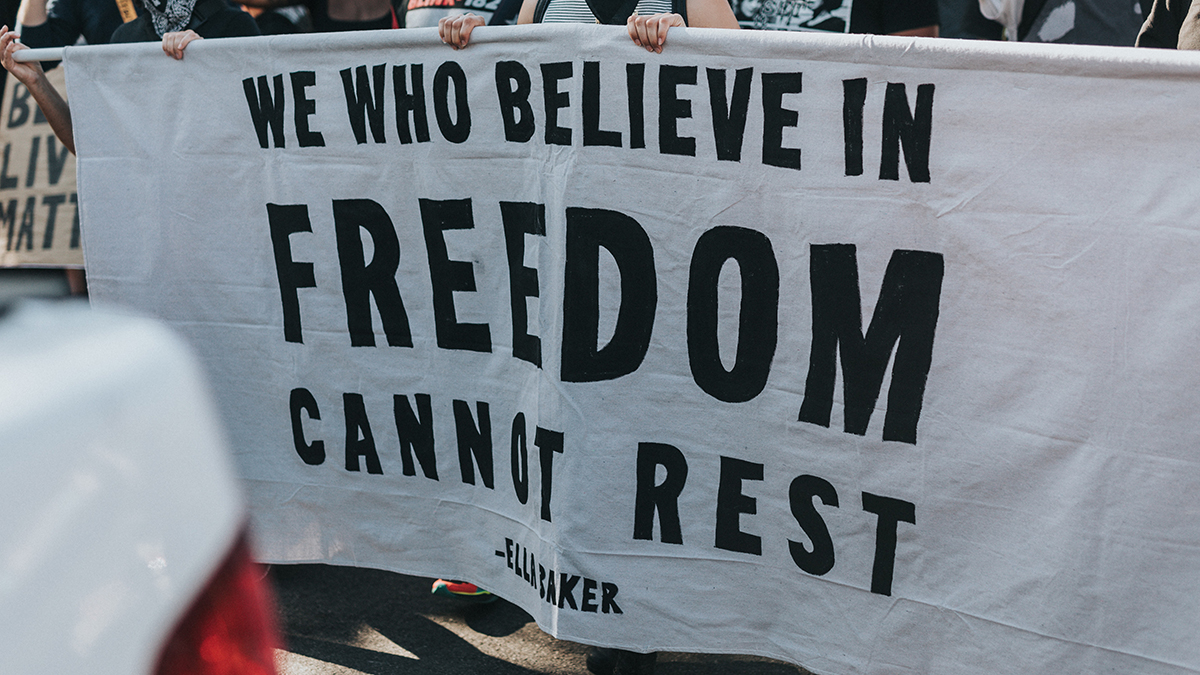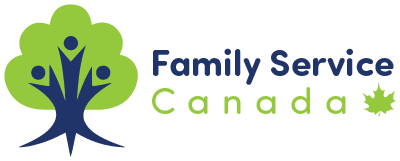Become an Antiracist Organization
Our thanks to Sacha Médiné, whose work and dialogue with us have inspired and shaped this blog post.
Responding to Structural Racism
Family Service agencies work to support individuals and families. We provide programs and services that contribute to their well-being and help them to thrive. We’re best known for a direct service approach as we help Canadians overcome the obstacles they’re facing. We provide tools and coping strategies that support their effort. Another approach, and one that we’re less known for, is reducing the obstacle.
Responding to pervasive issues like racism will require us to tackle the problem from both sides: directly supporting Canadians while also working to undo the hindrances that structural racism places on Black, Indigenous, and other People of Colour in Canada.
Structural Racism is a Significant Issue in Canada
Structural racism refers to the discrimination built into organizations, institutional practices, and public policies to perpetuate racial inequality. These written and unwritten rules may seem to exist without any connection to race but are designed to disadvantage Black, Indigenous, and People of Colour.
Canada’s history is racist. The Indigenous people who have lived on this land for time immemorial were killed, enslaved, and dispossessed of land. Records show the colony of New France, founded in the early 1600s, had about 3,600 slaves. Most of the slaves were Indigenous, though some were Black and arrived through the transatlantic slave trade. The prevalence of Black slaves increased with the British conquest of New France.
The racist ideas and attitudes that founded Canada were woven into the earliest settler organizations, institutions, and governments. And their influence is still present today. It’s worth noting that when the National Inquiry into Missing and Murdered Indigenous Women and Girls released their final reports in June 2019, they documented how Canada has committed and continues to commit colonial genocide against indigenous people through a range of composite acts. You can read more about the Inquiry at www.mmiwg-ffada.ca/
Structural racism is most visible through the disparate outcomes and the disproportionate representation of BIPOC communities in Canada.
- Racialized people are underrepresented in leadership and board positions and overrepresented in unemployment and poverty.
- Racialized Canadians are overrepresented in the criminal justice system. They are more likely to be stopped by police and arrested and, in jail, are more likely to face disciplinary procedures. They are less likely to be paroled.
- Relative to their percentage of the Canadian population, Black and Indigenous individuals are more likely to be killed in police encounters.
- Black, Indigenous, and people of colour in Canada are more likely to experience poor health outcomes, including mental health. They have higher suicide rates and are also more likely to report struggling to access mental health supports.
Family serving organizations work with a lot of individuals who experience racism daily. The programs and services we deliver can meet their immediate needs, but we can also take an active stance against racism as leaders and organizations.
Become an Antiracist Organization
In his book, How to be an Antiracist, Dr. Ibram X. Kendi offers a simple distinction between two opposites: racist and antiracist. A racist is “one who is supporting a racist policy through their actions or inaction or expressing a racist idea.” An antiracist is “one who is supporting an antiracist policy through their actions or expressing an antiracist idea.” Dr. Kendi argues that there is no such thing as a neutral stance when it comes to equality.
Dr. Kendi’s distinction is a call for organizations, like family service agencies, to be activists in their work. Not only responding to the needs of those who are targets of racism but also advocating for systemic change. Many family service organizations are already investing in becoming antiracists, but for those just starting, a big question is… where do you start?
Lead Yourself First
Public awareness of structural racism has increased significantly. In a world connected by social media, people are all too ready to call out organizations that attempt to benefit by posturing as BIPOC advocates without doing the work. Hence, an excellent place to start is your organization.
- If your staff, leaders, and board members don’t reflect the diversity of the community you serve, take steps, especially at your leadership and board level, to recruit more diverse leaders.
- Ensure your leaders have diversity and anti-racism training. It’s excellent if staff get training, but leaders will need the training to lead the change.
- Write diversity and equity policies if you don’t already have them.
- Respond to what you have heard or are hearing about how you or the organization could be more racially equitable.
- Adopt a growth mindset. At some point, you or your organization might get called out publicly or privately. If you do, try to see it as an opportunity to improve.
- If you don’t already, offer culturally informed programs and services.
Engage with Other Leaders to Identify and Address Racial Inequities
Racism yields racial inequities in politics, health care, criminal justice, education, income, employment, and homeownership. Being antiracist means learning about and identifying inequities and disparities that disadvantage people of colour. Becoming an antiracist organization is an ongoing effort and will develop your awareness and understanding of how structural racism impacts your local community.
As you become aware of racial inequities, leverage your influence as a leader to support or encourage change where it’s needed. You have access to other leaders and a voice at tables that community members don’t. What changes are needed in the non-profit sector, including connected funders and governments?
Know it’s Going to be Hard Work
There are no easy answers to racism, and making the significant changes needed will be challenging, but it’s the only option. We can support BIPOC individuals and families to keep moving forward in the face of complex challenges. But to help them overcome the obstacles created by racism, we’ll need to also work from the other side, dismantling racism in our systems and society.
The ideas listed above are neither perfect nor exhaustive, but Family Service Canada is focused on a collaborative approach to solving problems, and we welcome your experiences and ideas. Please add your thoughts in the comments below. Through shared ideas and the generated conversations, we can all benefit as we work to tackle racism.
Sources Pointing to Racial Inequities in Canada
- https://www.newswire.ca/news-releases/black-leaders-are-nearly-non-existent-on-canadian-boards-according-to-ryerson-s-diversity-institute-s-new-study-of-canadian-board-diversity-865341357.html
- https://cwp-csp.ca/poverty/just-the-facts/
- https://www.unicef.ca/sites/default/files/2020-09/UNICEF%20RC16%20Canadian%20Companion%20EN_Web.pdf
- https://www150.statcan.gc.ca/n1/pub/82-625-x/2019001/article/00011-eng.htm
- https://johnhoward.ca/blog/race-crime-justice-canada/
- https://newsinteractives.cbc.ca/fatalpoliceencounters/
- https://www.canada.ca/en/public-health/services/health-promotion/population-health/what-determines-health/social-determinants-inequities-black-canadians-snapshot.html


